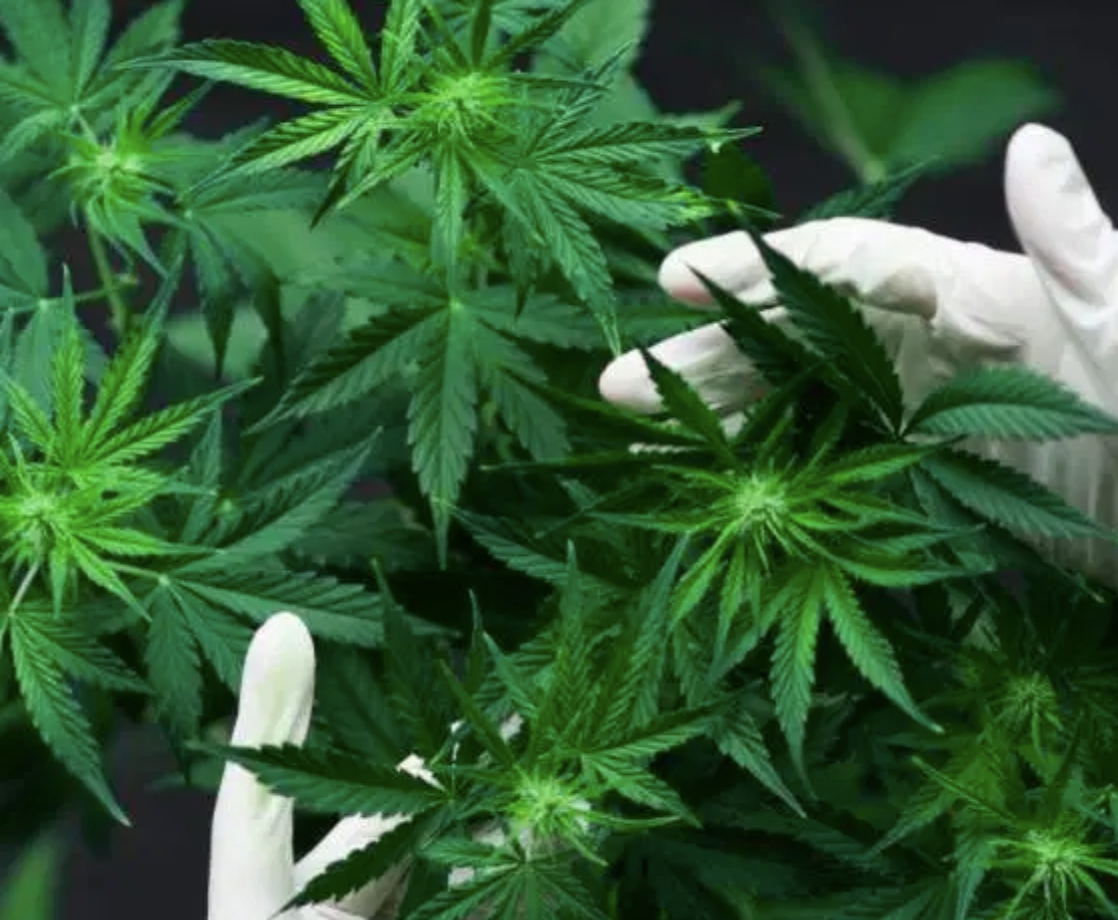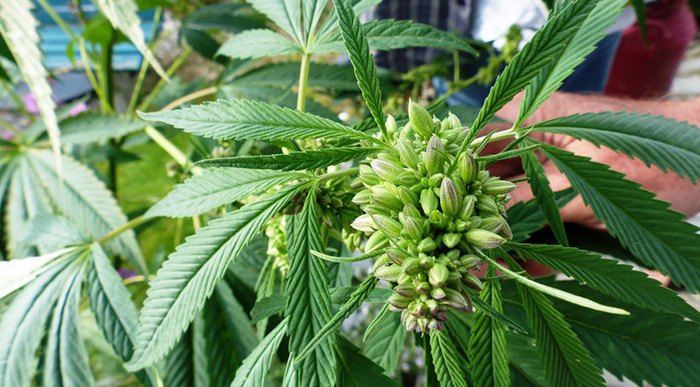The US Drug Enforcement Administration (DEA) has authorized the cultivation of over 7,000 pounds of legal weed next year, intended solely for research use.
Earlier this year, the DEA filed a notice in the Federal Register proposing a production quota of 3,200,000 grams of research weed in 2020. This quota accounts for the “estimated medical, scientific, research, and industrial needs of the United States, for lawful export requirements, and for the establishment and maintenance of reserve stocks,” Marijuana Moment reports. The agency also listed production quotas for other drugs, including opioids, psilocybin, LSD, and MDMA, also intended for research purposes.
After a period of public comment, the DEA filed a second notice announcing that it had finalized its drug production quotas. In the new filing, the agency decreased its production quotas for certain opioids, like oxycodone and oxymorphone, but chose to keep the quota for research cannabis at 3.2 million grams, a little more than 7,000 pounds of weed.
Next year’s cannabis production quota is 30 percent larger than the quota established for 2019. By way of explanation, the DEA wrote that the number of individuals who have applied to conduct research into cannabis or its extracts “has increased by more than 40 percent, from 384 in January 2017 to 542 in January 2019.”
The expansion of the quota is potentially great news for cannabis researchers, but there’s one major catch. The US government has only licensed one institution – the University of Mississippi – to grow federally-sanctioned flower to research, but the program’s track record has been abysmal. Researchers have discovered that the cannabis grown at this facility contains much lower concentrations of THC and other cannabinoids than pot found at legal shops or even on the black market.
Even worse, this legal pot crop also contains sticks, stems, seeds, and large quantities of mold, which are all ground into a uniform powder that is reportedly too harsh to smoke. As a result, many researchers have outright rejected this low-quality grass in favor of commercial weed products sourced from pot-legal states. The university has intimated that it intends to up its quality, but the program’s director recently said he won’t grow weed with more than 8 percent THC content – much lower than the concentrations found in real-world weed.
The DEA is aware of the issues, and began accepting applications from additional growers three years ago. The agency took no further action, however, until a lawsuit forced them to explain the cause of their delay. This fall, DEA officials announced that they would need to develop additional regulations before moving forward with the application process, but the agency offered no concrete timetable for this process.











